| T O P I C R E V I E W |
| Detlev |
Posted - Mar 20 2024 : 09:56:50 AM
Hi,
does anybody know something about this strange serial number?
Best regards,
Detlev
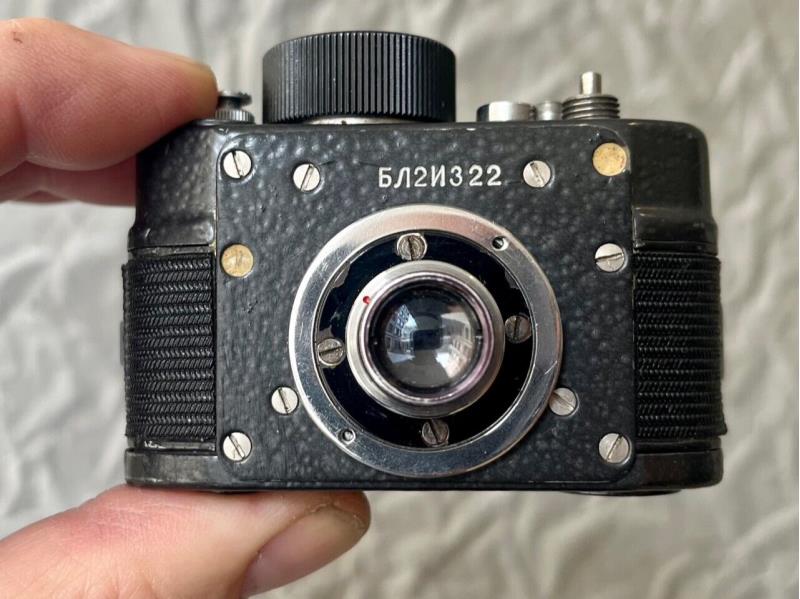
http://www.ussrphoto.com/UserContent2/2032024_BL2.jpg
|
| 26 L A T E S T R E P L I E S (Newest First) |
| Detlev |
Posted - Jun 22 2024 : 09:01:10 AM
Hi,
here are the rules for the Neotsit.
Regards,
Detlev

http://www.ussrphoto.com/UserContent2/2262024_Neotsit.jpg
|
| AlexanderK |
Posted - Jun 22 2024 : 07:08:15 AM
Hi Guys,
think about, that this camera is a KGB camera. The military specifications had in the Soviet Union nothing to do with consumer production. It could be completely different.
Regards, Alexander |
| cedricfan |
Posted - Jun 06 2024 : 02:46:53 AM
Complicated or not, many German and Japanese manufacturers have at least some kind of link between production time and serial number. I would say the Soviet way was clearest possible in most cases, which ironically makes the exceptions even more odd.
Best regards,
Juhani |
| seany65 |
Posted - Jun 05 2024 : 4:09:03 PM
Thanks for the info, Detlev.
I know this won't be answered on this forum so I'm really just thinking out loud, but I wonder if non-Soviet makers had such complicated numbering systems? |
| Detlev |
Posted - May 25 2024 : 12:50:23 PM
Serial numbers
There have never been general rules for numbering experimental and serial photographic and film equipment (with the exception of mass-produced lenses for amateur cameras, photographic enlargers and overhead projectors). The rules were defined in the Technical Specifications for the product or directly in the design documentation. That is, strictly speaking, any numbering system could be applied.
The rules for numbering lenses were established in the industry standard OST 3-3293 only in 1984.
The most frequently applied rules at the Krasnogorsk Mechanical Plant were:
YY...NN - where
YY - the last two digits of the year of manufacture,
NN - serial 1) number in the year,
... - padding with zeros to a certain value of the number, depending, as a rule, on the volume of production (4–8 digits).
This system corresponds to that established in OST 3-3293-84.
Experimental batches could be marked with a number with leading zeros:
00...NN - where
00 is a sign of an experimental batch,
NN is the serial number of the product in this batch.
... - padding with zeros to, as a rule, an arbitrarily specified value of the number.
Sometimes the numbering of prototypes was normal - with the last two digits of the year of manufacture in front. Perhaps the only difference between experimental products so marked and serial ones was that the serial numbers began with one (serial products most often began to be marked with tens or even hundreds).
When marking the serial production of some products, continuous (from the beginning of production) serial numbering was used, if necessary - with increasing number digits.
The serial number could start with the last two digits of the year or continue to be “zero”. So, starting with a five-digit number with leading zeros, for example, the first Zorki cameras from 1948 to 1954 were designated. A similar, but initially seven-digit numbering with leading zeros, was the numbering for the Helios-44 lens in the first years of production.
The principles of numbering during the release of the model could change - from continuous numbering to yearly numbering.
Other companies in the industry may have used slightly different numbering principles. For example, the same mentioned Helios-44, but produced by MMZ in the 1960s, used the GNNNNNN rule, where G is the last digit of the year of manufacture. Those. lens with number 5012345 - manufactured in 1965 2), and not 1950, as one might think based on the rule “the first two digits of the number - the last two digits of the year” (in 1950 the Minsk Mechanical Plant did not yet exist). Helios-44-2 lenses produced by MMZ in 1969 and 1970s had the same numbering method (accordingly, the lens with number 5012345 is here produced in 1975) 3).
Serial number of the Zorki-3M camera produced in 1955
________________________________________
With the release of large annual series of standard lenses for rangefinder cameras Industar-22 (folding version) since the mid-1950s, the seven-digit digit capacity initially incorporated into the technological process (the last two digits of the year and the five-digit serial number of the lens) began to be missing. In the seven-digit numbering of lenses from these years of production, only the first digit of the number was allocated for the last digit of the year.
Those. the number looked like:
YNNNNNN - where
Y - last digit of the year of manufacture,
NNNNNNN - serial number in the year.
Similar numbers began with the numbers “5”, “6”, “7” and “8” (respectively: 1955, 1956, 1957 and 1958). Already in 1957, some lenses had 8-digit numbering, where the first two digits of the number indicated the last two digits of the year of manufacture.
Serial number of the Industar-22 lens produced in 1956 (standard for the Zorki camera No. 56002747) 5)
________________________________________
In 1992, a small exclusive batch of 300 anniversary cameras ZENIT-122 “50 years of KMZ” 4) was produced. These cameras were numbered as follows: 50920ННН, where 50 is 50 years old, 92 is the anniversary year of production. In 1993–1994, the production of similar cameras continued, but the year of production was indicated the same - 1992, i.e. the appearance of the eight-digit serial number has not actually changed: 5092НННН.
________________________________________
Military products could be numbered in accordance with special rules defined by the Customer, for example:
ZYK...NN - where
Z is the last digit of the plant number,
Y - last digit of the year of manufacture,
K - release quarter number,
NN is the serial number of the product in the specified quarter.
The six-digit serial number of the AKS-1r movie camera 6) “311001” is deciphered as follows: “3” - KMZ (at that time plant No. 393), manufactured in 1951 (in this case), 1st quarter, first copy in the batch.
________________________________________
The numbering sometimes included letters. For example, the serial number of some editions of the F-21 mini-photo camera (aka MF-1) was as follows:
TYY...NN, where
T - a sign of tropical design (resistance of materials and coatings to high humidity and operating temperature; this index has nothing to do with the serial number as such),
YY - the last two digits of the year of manufacture,
NN - serial number of the product per year
In other cases, the letter in the number could have a different meaning, for example, the year of manufacture could be encrypted...
________________________________________
The numbering of lenses produced by the plant at the request of the Lomographic Society (Lomographische AG, Austria), for example: Petzval 2.2/85, although sequential, strict records were kept of filling out the number series, but the release was not carried out in numerical order.
________________________________________
Notes:
1) — The word “ordinal” should not be taken literally, i.e.: “starting from one, with an increment of 1,” without gaps. The serial number is intended for production control and therefore the only requirement for it: uniqueness for a given product for a given period of time. There are usually numerous gaps in the series of serial numbers, caused by various reasons, and a discrepancy, sometimes significant, between the maximum serial numbers and the number of products produced in a given year.
The numbering of some products produced by KMZ does not fit into any of the above schemes, but in any case, the serial number is a number that increases over time.
2) — Helios-44 lenses produced by KMZ are known, which had “Minsk” numbering of the form 4ННННН (1964) and 500НННН (1965).
3) — The numbering of lenses produced by MMZ has not been studied in detail.
4) - In addition to the light gray color of the body, the “50 Special edition” emblem on the top cover and other numbering, these exclusive cameras had different packaging and a different design of the instruction manual. Anniversary, but non-exclusive cameras produced in 1992 had the usual serial numbers of the form 92НННННН.
Sources:
5) — Photo of the Industar-22 lens was taken from an advertisement for sale at the Molotok.Ru auction.
6) - USSR MV. Plant PO Box No. 2. Technical conditions for AKS-1. 1951
F-21 device passport No. 77012 (with OF28 1.8/28 lens No. 05547), KMZ, 1962.
________________________________________
Related links:
Serial production of KMZ cameras
Serial production of KMZ cinema cameras
B.V. Davydov: From magnifying glasses to high-precision weapons - about the history of the domestic optical-mechanical industry.
|
| Detlev |
Posted - May 25 2024 : 12:40:40 PM
Here is an explanation of Russian serialnumber systems:
https://www.zenitcamera.com/qa/qa-serialnumbers.html
|
| liukai |
Posted - May 20 2024 : 9:31:56 PM
quote:
Originally posted by Detlev
In 1968 the Stasi has developed an IR-Ajax with flash. Therefore you need a sync
Detlev
thank the information you sent |
| liukai |
Posted - May 20 2024 : 9:21:54 PM
It seems that I have collected a very rare camera |
| Detlev |
Posted - May 20 2024 : 3:57:14 PM
Here is the translation
IR-„Ajax“
Verbindung IR-Blitzanlage mit Kamera „Ajax“
- 2 Blitzer und gestattet innerhalb von10 … 15 s 2 Auslösungen
- max. Reichweite (bei völliger Dunkelheit) 7 m
- Identifizierung von Personen bis 3,5 m
- Blitz ist nur bis zu einer Entfernung von 0,5 m sichtbar
- IR-Film aus Sowjetunion
-
IR “Ajax”
Connection of IR flash system with camera “Ajax”
- 2 flashes and allows 2 triggerings within 10 … 15 s
- max. range (in total darkness) 7 m
- Identification of people up to 3.5 m
- Flash is only visible up to a distance of 0.5 m
- IR film from Soviet Union
|
| Detlev |
Posted - May 20 2024 : 3:38:35 PM
In 1968 the Stasi has developed an IR-Ajax with flash. Therefore you need a sync
Detlev

http://www.ussrphoto.com/UserContent2/2052024_IR-Ajax1968.jpg
|
| Vlad |
Posted - May 20 2024 : 11:30:42 AM
Welcome Liukai! Wow I've never seen a flash sync on these! What would be a purpose for that? Very interesting!
Best regards,
Vlad |
| liukai |
Posted - May 20 2024 : 11:16:50 AM

http://www.ussrphoto.com/UserContent2/2052024_mmexport1716194707480.jpg

http://www.ussrphoto.com/UserContent2/2052024_mmexport1716194718268.jpg
I recently received an F21 camera with a special number and special functions |
| Detlev |
Posted - May 15 2024 : 12:30:33 AM
I found an export list from 1970 for some 2P3.. cameras

http://www.ussrphoto.com/UserContent2/1552024_Export1.jpg

http://www.ussrphoto.com/UserContent2/1552024_Export2.jpg

http://www.ussrphoto.com/UserContent2/1552024_Export3.jpg
|
| Detlev |
Posted - Mar 31 2024 : 01:37:12 AM
The cameras starting with letter "A" came from Russia some years ago. |
| Detlev |
Posted - Mar 27 2024 : 3:04:33 PM
From Russia:
Serial numbers of special equipment depended on the customer. The description was in the terms of reference.
The only thing I can say is that "БЛ" (BL) is the factory index of the drawings.
For example: BL3.821.031 is "mikrofotoapparat F21T".
|
| Detlev |
Posted - Mar 24 2024 : 2:52:19 PM
5 digits is the common method
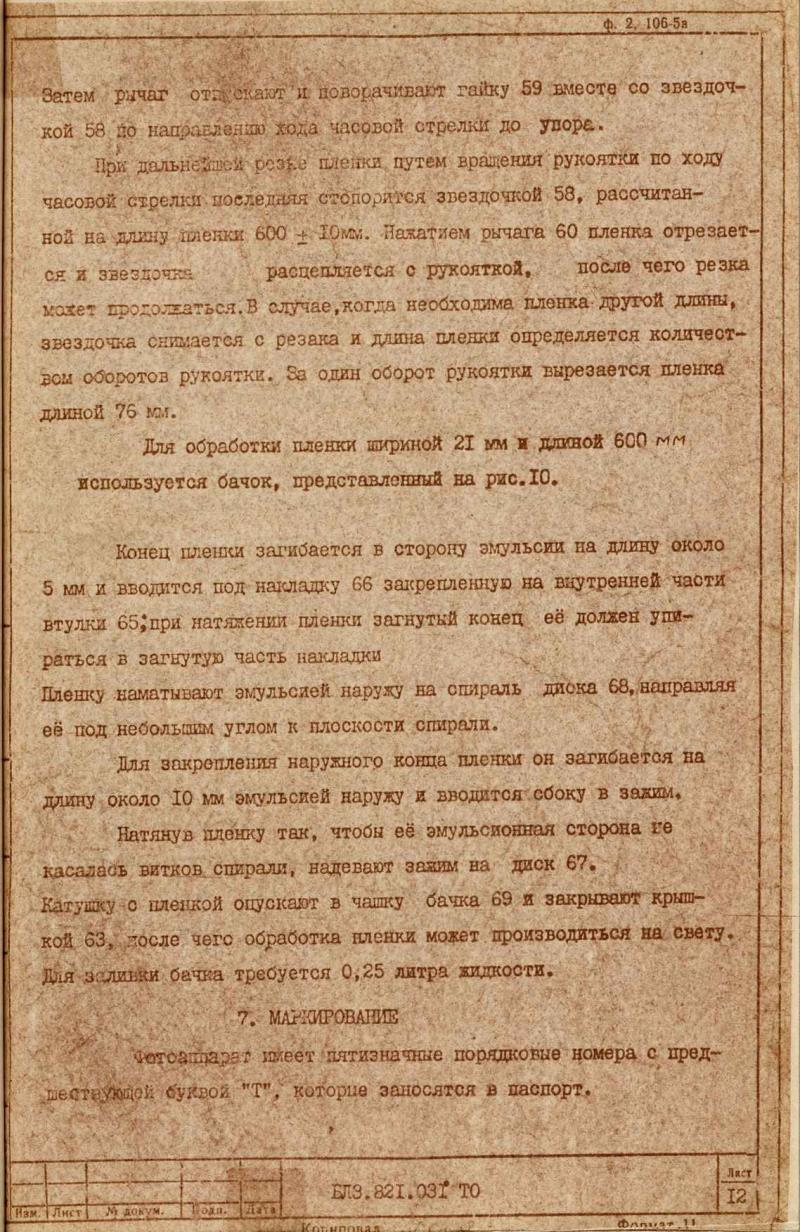
http://www.ussrphoto.com/UserContent2/2432024_F21-13k.jpg
But the first two digits are not always the production year
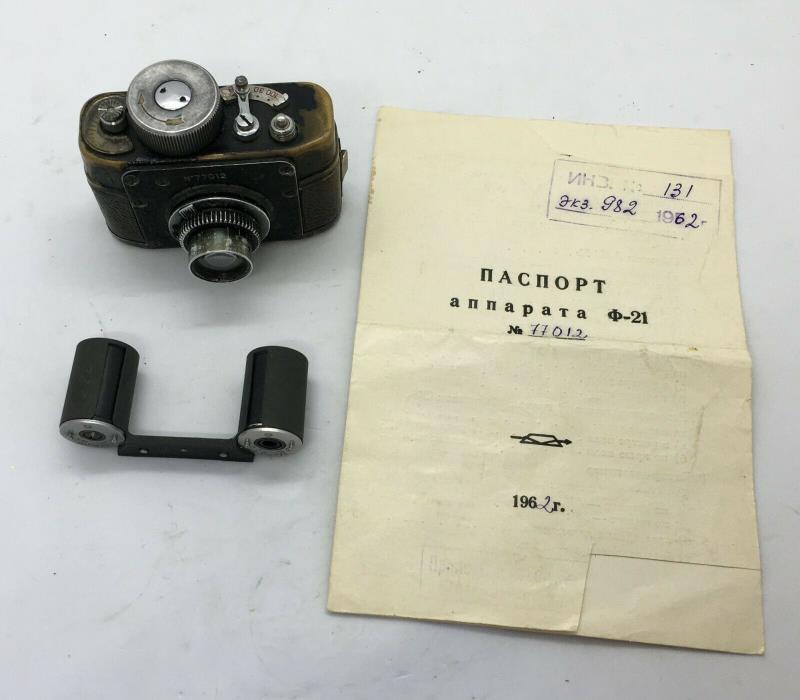
http://www.ussrphoto.com/UserContent2/2432024_77012a.jpg
|
| xya |
Posted - Mar 24 2024 : 1:48:21 PM
Never questioned mine, it has only 5 digits, as the manual suggests, but not 6 like Ulrich's...
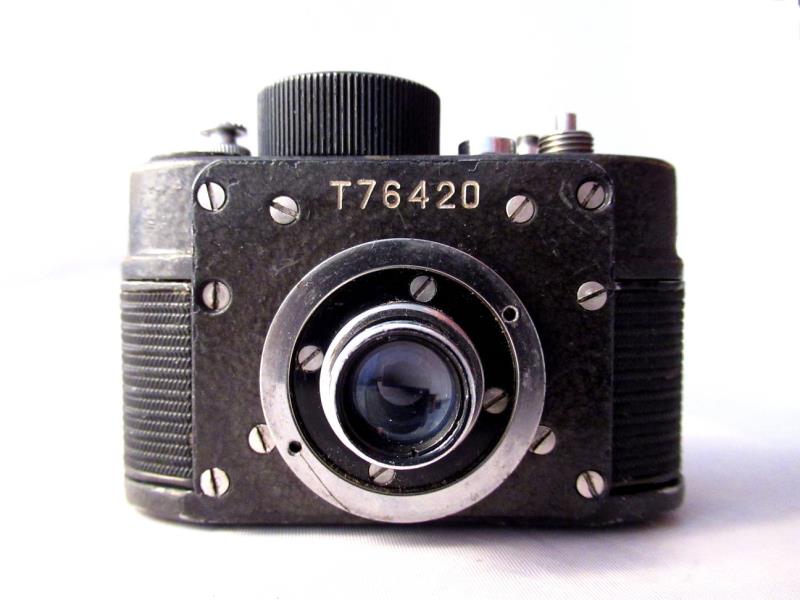
http://www.ussrphoto.com/UserContent2/2432024_21mm_ajax_f21_IMG_1285.JPG
www.a7camera.com www.120folder.com www.instantphoto.eu www.135compact.com www.oddcameras.com
www.subcompactcam.com |
| uwittehh |
Posted - Mar 23 2024 : 4:50:55 PM
Really strange numbering.
My two seem to have normal numbers: N005756 and T921610
Ulrich
http://fotos.cconin.de |
| Detlev |
Posted - Mar 23 2024 : 12:19:56 PM
I suppose the old number was milled out and a new one was engraved
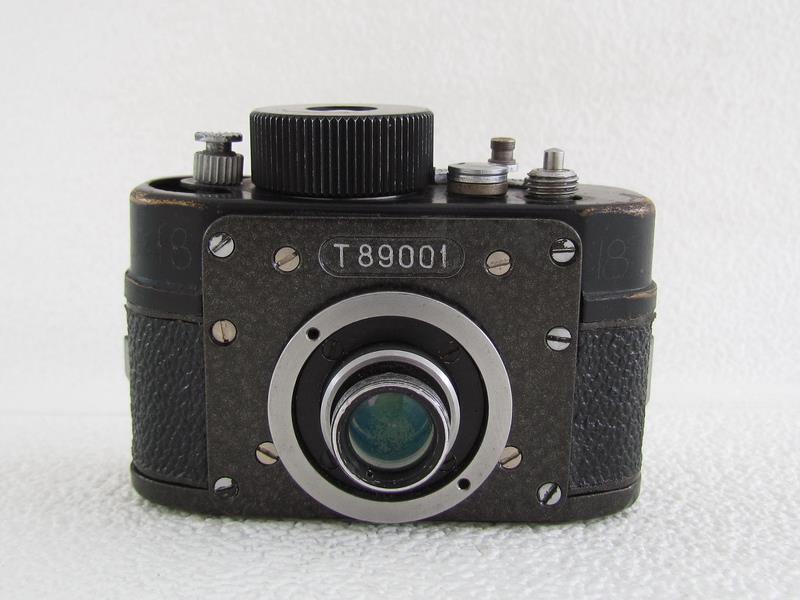
http://www.ussrphoto.com/UserContent2/2332024_89001.JPG
|
| Denn_kirov |
Posted - Mar 23 2024 : 11:37:46 AM
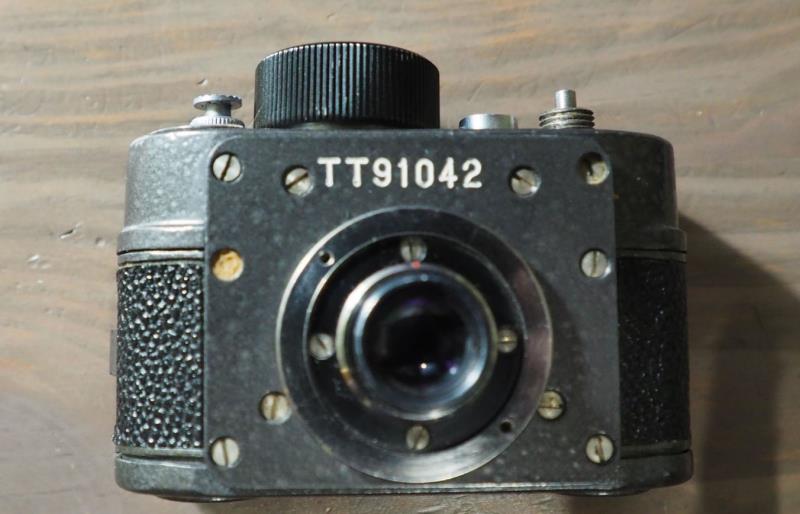
http://www.ussrphoto.com/UserContent2/2332024_P72200141.JPG
Also a little unusual number |
| Detlev |
Posted - Mar 23 2024 : 02:25:57 AM
There is another unusual serial number.
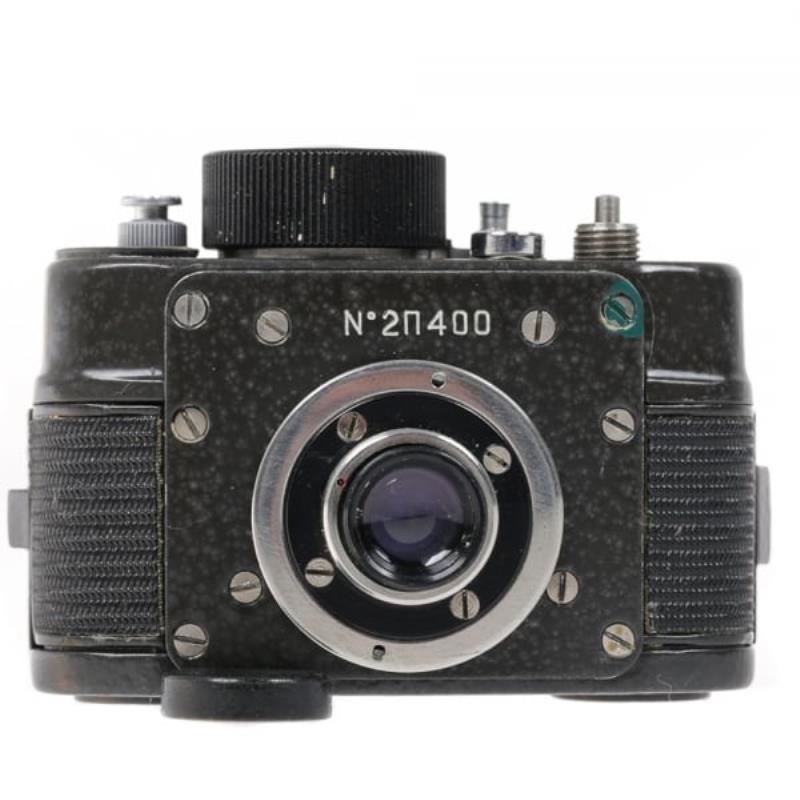
http://www.ussrphoto.com/UserContent2/2332024_F212P.jpg
|
| perkinsmg |
Posted - Mar 20 2024 : 4:08:51 PM
I have A700072! I've often wondered about it. But not as strange as the serial of the first camera above. |
| fedka |
Posted - Mar 20 2024 : 3:55:48 PM
I like how well-worn the -A camera is. That's a lot of use. |
| Detlev |
Posted - Mar 20 2024 : 10:28:54 AM
There is another unusual serial number
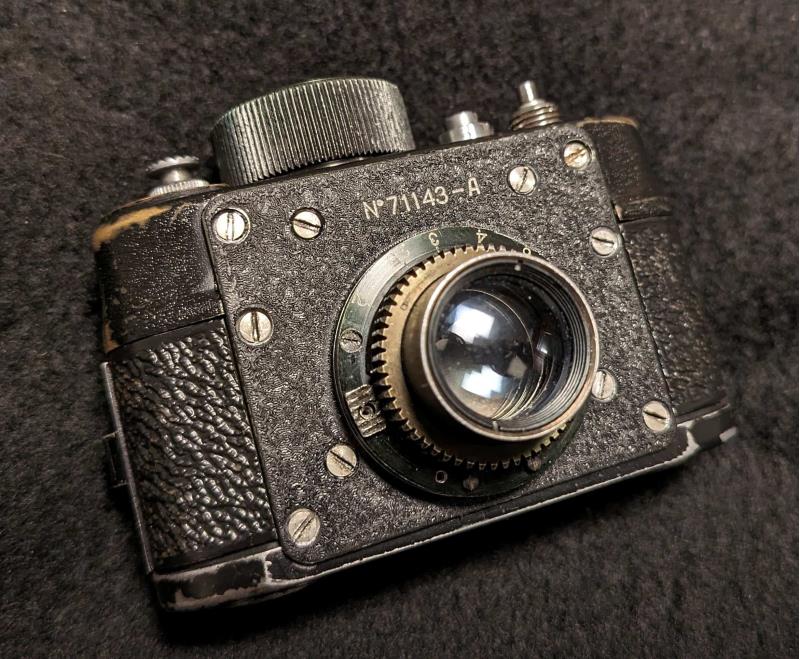
http://www.ussrphoto.com/UserContent2/2032024_F21 Amk.jpg
|
| Detlev |
Posted - Mar 20 2024 : 10:16:56 AM
Hi Vlad,
the F21 T manual says: the camera has 5 digits serial number prefixed with a letter "T", which is entered into a passport.
The first two digits seem to be often the production year, but not in all cases.
Detlev
|
| Vlad |
Posted - Mar 20 2024 : 10:03:19 AM
Hi Detlev, I have seen this camera as well and it also puzzled me. Did Julius have anything to say about it? I also seen the serial number that starts with "A" recently. Do you know what the deal is with that one?
Best regards,
Vlad
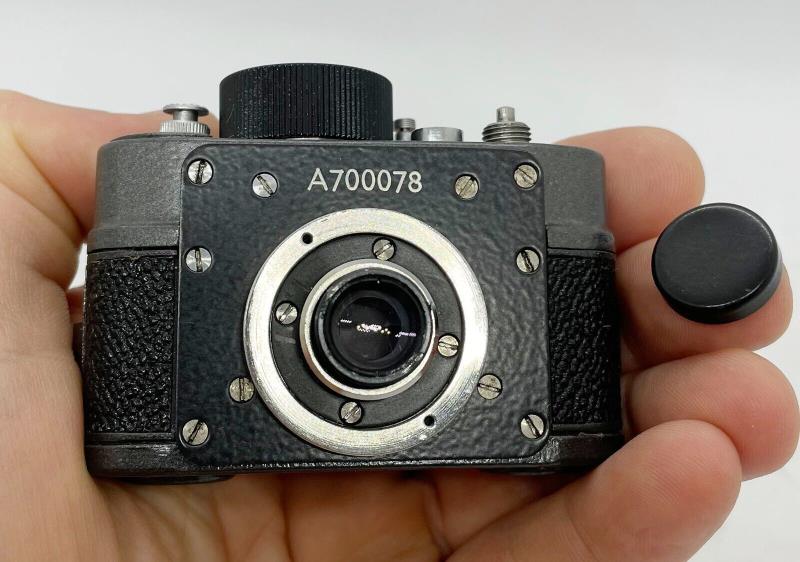
http://www.ussrphoto.com/UserContent2/2032024_s-l1600.jpg
|
